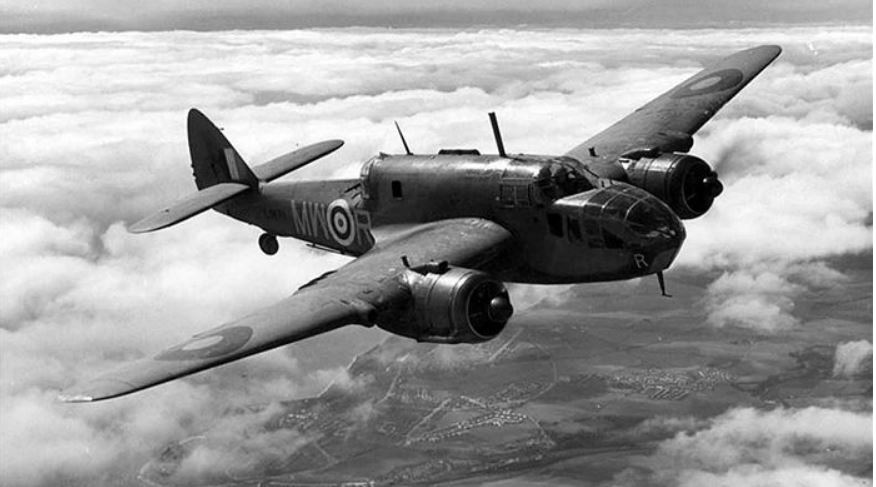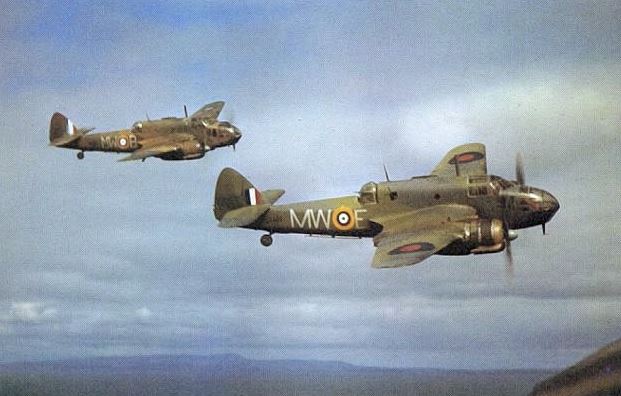Difference between revisions of "Bristol Beaufort"
From Our Contribution
(→Crew members 14 Squadron RAAF) |
(→Crew members 14 Squadron RAAF) |
||
| Line 26: | Line 26: | ||
===Crew members 14 Squadron RAAF=== | ===Crew members 14 Squadron RAAF=== | ||
| − | *[[Edward Watling]] Pilot (?), accidental death, 15 Mar 1943 | + | *† [[Edward Watling]] Pilot (?), accidental death, 15 Mar 1943 |
*† [[Arthur Matthew Aitken]] Pilot, accidental death 9 Sep 1943 | *† [[Arthur Matthew Aitken]] Pilot, accidental death 9 Sep 1943 | ||
===Ground Crew 14 Squadron RAAF=== | ===Ground Crew 14 Squadron RAAF=== | ||
*[[Frederick Matthew Howlett]] Nov 1942 - May 1944 | *[[Frederick Matthew Howlett]] Nov 1942 - May 1944 | ||
Revision as of 17:14, 26 June 2020
Remarks
The Bristol Beaufort was developed from the Bristol Blenheim. A variant was the Bristol Beaufighter. Originally designed as a torpedo bomber, it was operationally used primarily as a medium day bomber. However, it was used also as a trainer and more hours were flown in this manner than as an operational plane.
Australian aircraft were used not only for coastal reconnaissance patrols, but used extensively in the South Pacific. As with the British built planes, the Australian planes were initially powered by two Taurus engines. As the plane could be built in sections, workshops in New South Wales, Victoria, and South Australia. When France fell to the Germans, the British stopped the export of Taurus engines, so the majority of Australian aircraft were powered by Pratt & Whitney Twin Wasp engines built by the General Motors-Holden plant at Lidcombe, NSW. Production of this aeroplane
ceased in August 1944 when there was a shift to producing Beaufighters.
Nineteen RAAF squadrons flew the Bristol Beaufort in the South West Pacific on maritime patrols, and as strike aircraft. They are credited with making a significant contribution to the war effort.
Crew members 14 Squadron RAAF
- † Edward Watling Pilot (?), accidental death, 15 Mar 1943
- † Arthur Matthew Aitken Pilot, accidental death 9 Sep 1943
Ground Crew 14 Squadron RAAF
- Frederick Matthew Howlett Nov 1942 - May 1944

